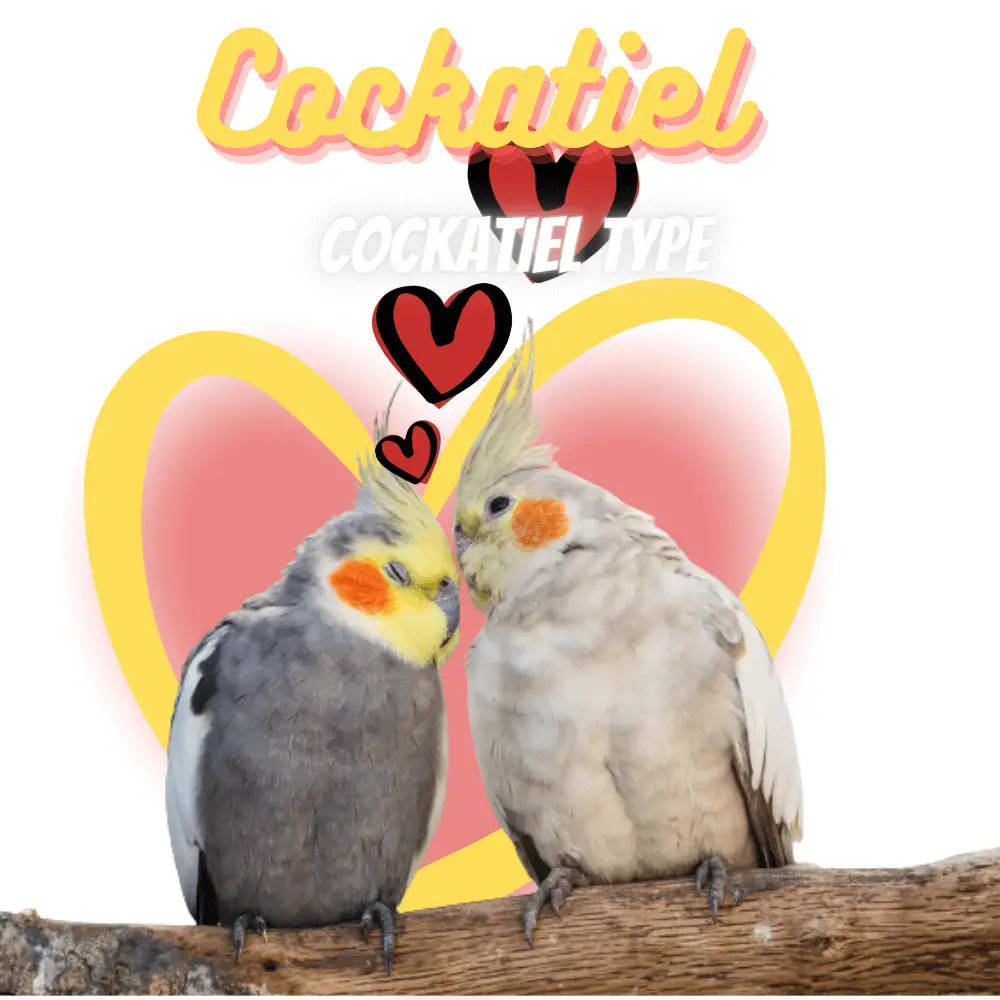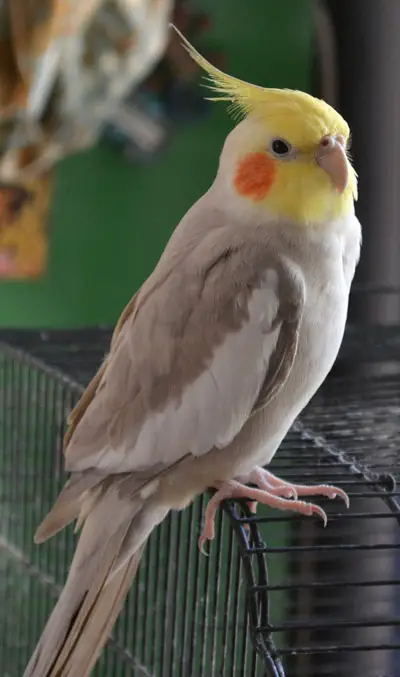Thanks to its presence and its multitude of colors ( mutations ), this large parakeet is very popular with enthusiasts of hooked beaks to work on cockatiel mutations.
Cockatiels mutations
In this article, we’ll cover the subject of cockatiel mutations in more detail.
To make the subject as complete and clear as possible, Leticia Grandidier, a breeder passionate about hookbills, has agreed to give us feedback on cockatiel mutations and to give us an opinion on sexing when possible visually.
This will allow (well I hope) to avoid sexing with the ladle of cockatiels and without foundation.
As usual, I didn’t wait long and the text below on cockatiel mutations was written by Leticia Grandidier which you can find on her Facebook page.
Cockatiel type
In cockatiels, there are multiple mutations, but we also have the starting “base” called “wild type”.
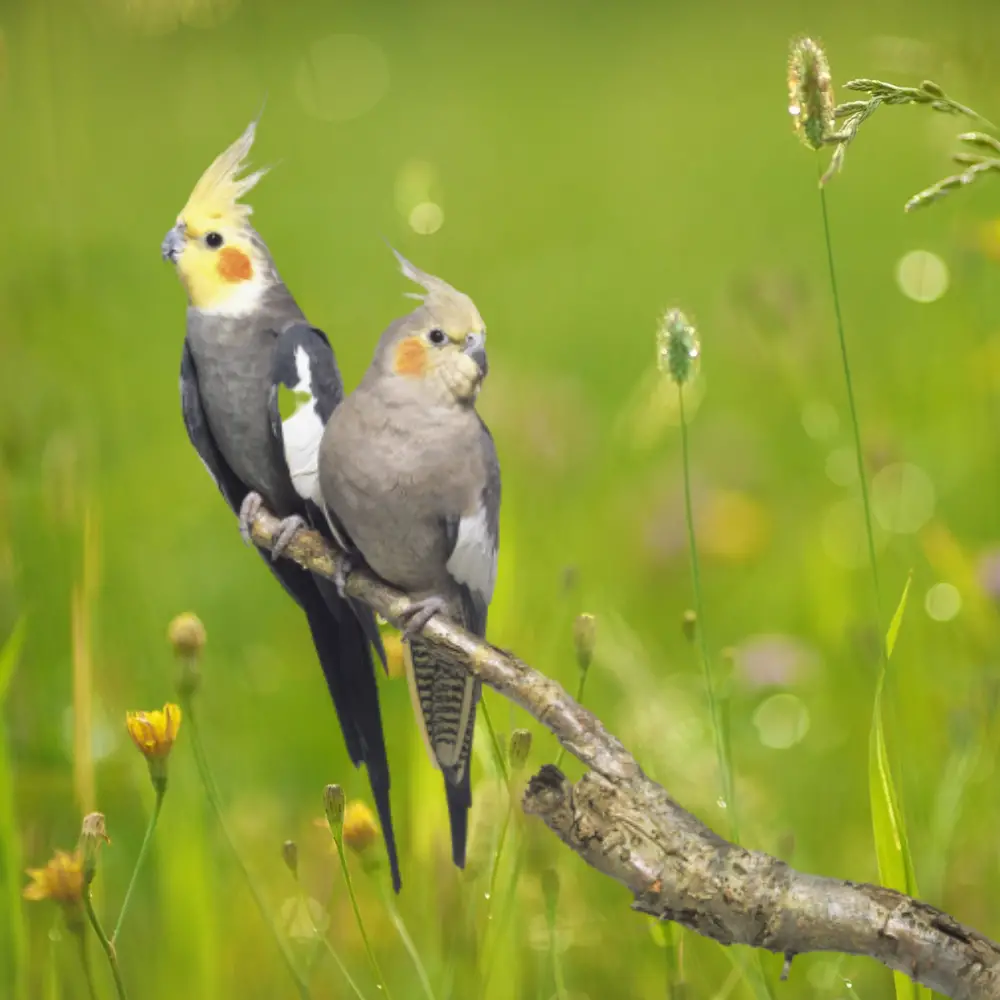
It is not a mutation but the base color which is also called the “wild phenotype”. The birds are gray with white wing bands and orange cheeks, more or less intense (nothing to do with the sex of the bird).
The male sports a beautiful yellow mask after his first molt. Before molting the birds remain non-sexable because the juvenile plumage is identical in both sexes.
Lutino Cockatiel
Lutino mutation is known as “into”
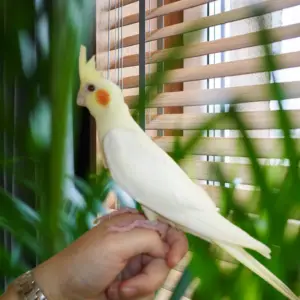
It is among the most popular cockatiel mutations. This mutation is recessively linked to sex (transmitted by the male to his daughters).
All the melanin in the plumage is removed (gray and black pigments), which gives us a bird with more or less intense yellow plumage, the orange cheeks are also present.
The white wing band with a recess almost disappeared. The young are born with red eyes and a yellow down.
This mutation is easily sexed after the 1st molt. A male no longer has a spot UNDER the wings while a female keeps them (see photo below).
Before this molt, all the juveniles have the same plumage and were therefore not taxable without knowing the parents.
The eyes darken with age (but remain red even if they have the impression that they are black). For example with a pair of male lutino and female pearl (opaline).
All lutinos will be females. To have males, the mother must be lutino
Here is the cockatiel genetic calculator.
Method for sexing a lutino cockatiel from 8 months:
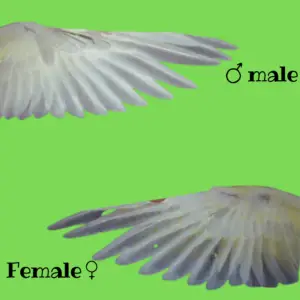
Opaline or pearl mutation
This sex-linked recessive mutation is very often “on top of” another and is characterized by beads on the back.
Opalines are all different with more or less pearl, we speak of good or bad beading. It is impossible to sex young subjects on this mutation without knowing the parents.
Males are recognizable because they start to lose their pearls from their first molt, and will therefore look (for simple opaline) like a wild type.
there are multitudes of combinations with opaline, such as variegated opaline, opaline cinnamon, or even white face opaline, etc…
All mutations can combine together.
Here are two photos: on the right, a pale-faced opaline male who has lost the pearls on his back, we can still see slight traces. On the left is female opaline (pearl).
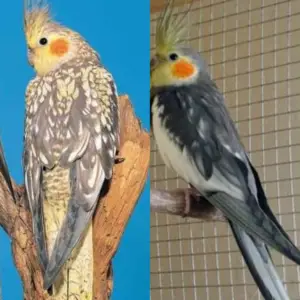
White face Cockatiel
As with the wild type, young subjects of this mutation cannot be sexed from an early age. However, the white face is indeed a mutation. It is also appreciated by lovers of cockatiel mutations.
The young are born with beautiful white down and black eyes. This mutation removes all psittacines (yellow and red pigments).
This, therefore, gives us a gray bird (more or less dark depending on its genetics and if added mutation). With white wing bands on the wings and no orange cheeks.
In adulthood, the female does not have a white mask and the tail is streaked. The male has a plain tail and a white mask.
It is a so-called recessive mutation, which means that the two subjects must have this gene, either visually or in portage to have a young white face on the brood. It appeared in the 1980s or so.
As we saw above, this mutation also combines with all the others and this does not change the sexing.
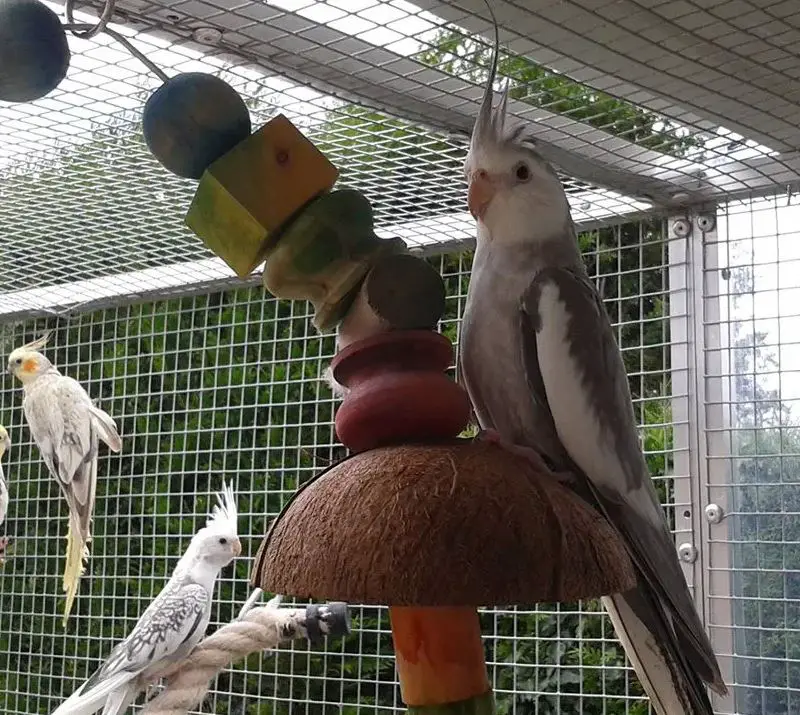
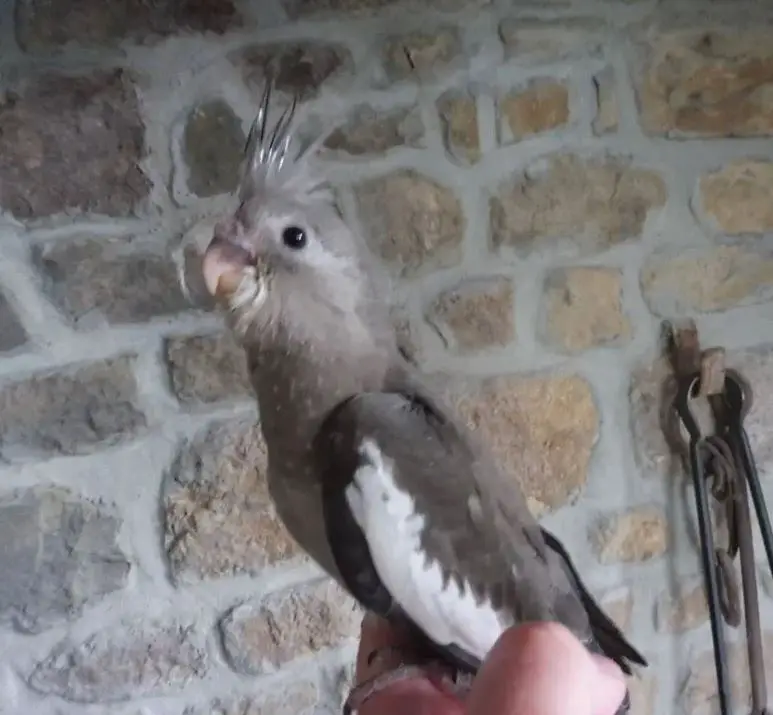
Variegated mutation
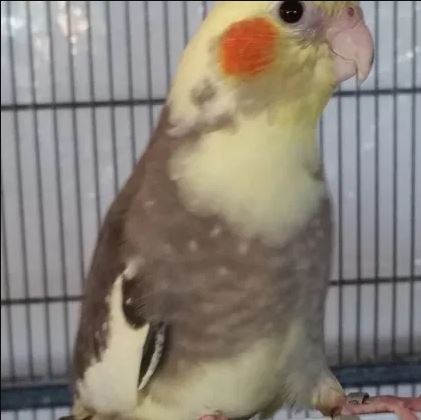 This mutation, which is recessive (both parents must have visual or carrier discomfort) alters the melanin of the plumage for the standard variegation and psittacine for the white face variegation.
This mutation, which is recessive (both parents must have visual or carrier discomfort) alters the melanin of the plumage for the standard variegation and psittacine for the white face variegation.
This is why it appears as white spots (for white faces) or yellow more or less important. The wing band on the wings remains present as well as the orange cheeks for the standards.
There is no visual difference to recognize a male from a female.
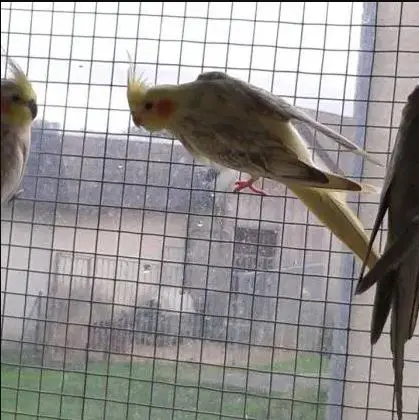 They are non-sexable to the eye. The young are born with yellow down and black eyes and white down for the variegated white face.
They are non-sexable to the eye. The young are born with yellow down and black eyes and white down for the variegated white face.
As they grow and come out of the feather tubes. We can already tell if they variegated or not thanks to the nuances of color on the tips of their wings.
The hoopoe can also show shades of color, a sign of variegation, not to be confused with the spots (yellow or white) behind the head, which have been called the white napped.
Cinnamon cockatiel
Cinamon is not a reduction of melanin but rather a lack of oxidation of it. The color of the bird is brown/brown, also known as “cinnamon”, whether male or female.
The head is yellow in males and duller in females, just yellow around the bill. The female has striated rectrices (tail feathers), and the wing band is always present.
These birds lose their color (white spots) when placed in the sun. This creates nuances in their plumage.
All mutations can be added to cinnamon:

Pale face cockatiel
This mutation is AUTOSOMAL RECESSIVE but is an incomplete allele of the FACE-BLANCHE mutation that it dominates. Thus, most PALE-FACES are heterozygous birds meaning that they are carriers of FACE-BLANCHE.
For matings, we will therefore privilege work with WHITE-FACES although the most sought-after being the homozygous (without a white face).
This mutation results in a reduction of the yellow and red psittacines, therefore a mutation that gives a bird intermediate between the wild type and the white face.
The yellow mask is therefore diluted and becomes pale yellow in the male, as do the streaks on the tail in females and juveniles and the ORANGE-RED cheeks become YELLOW-ORANGE.
We can therefore easily have sex with this mutation always after the molt thanks to the mask of the male which will yellow.
As the term pastel is reserved for dilutions of melanin, the American term was unsuitable for this mutation. It was therefore proposed to use the term FACE-PÂLE (PALE-FACE in English).
Note that the difference with the JOUES-JAUNES mutation, in addition to heredity, is that the mask is clearly clearer on the pale face because the psittacines are diluted by about half.
You can also combine this mutation with all the others, so a LUTINO combined with the PALE FACE will give a creme-ino.
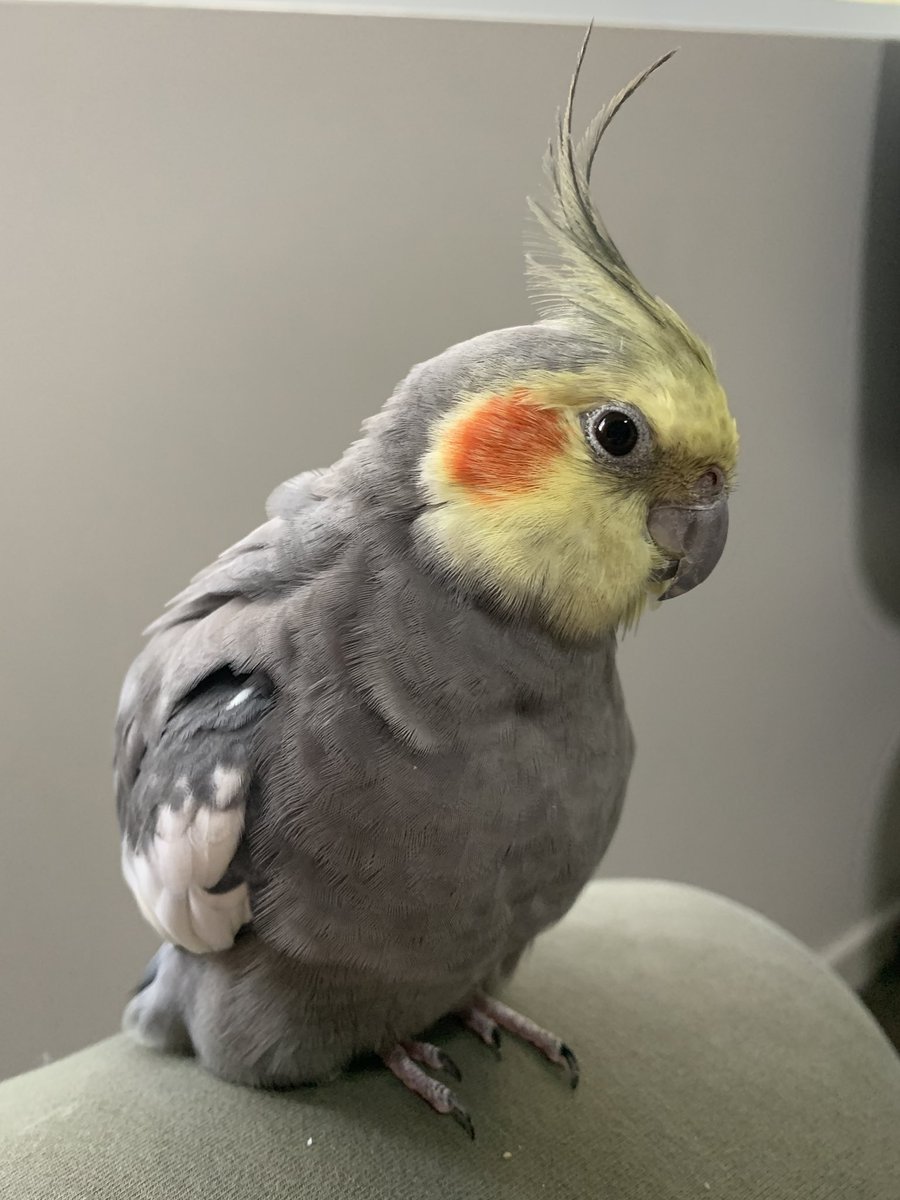
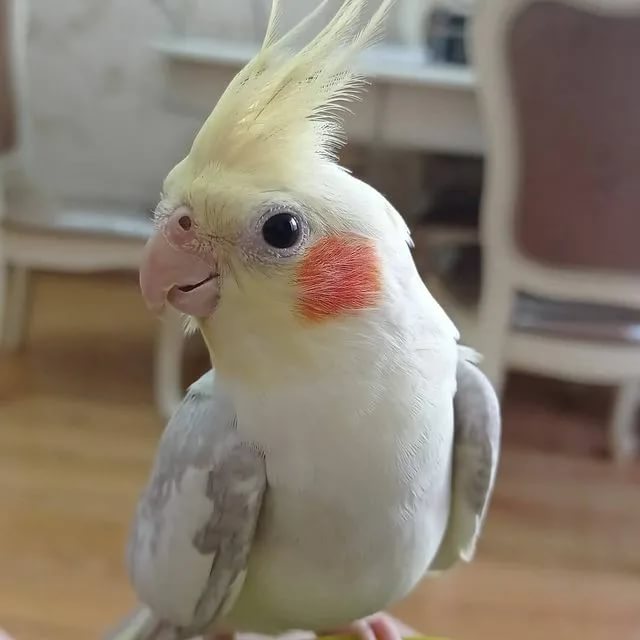
Mutation yellow cheeks
This mutation is sex-related recessive and sexing is no different from the wild mutation. the male still shows a yellow mask after his juvenile molt. The wing band is also present.
The young are born with yellow down and black eyes.
You have to differentiate the yellow cheeks from the pale face. The yellow cheeks act only on the cheeks also called mumps (the mask, therefore, remains intact).
The pale face tends to act on the whole body including the mask which becomes more “dull”.
This is the last mutation set by breeders today.
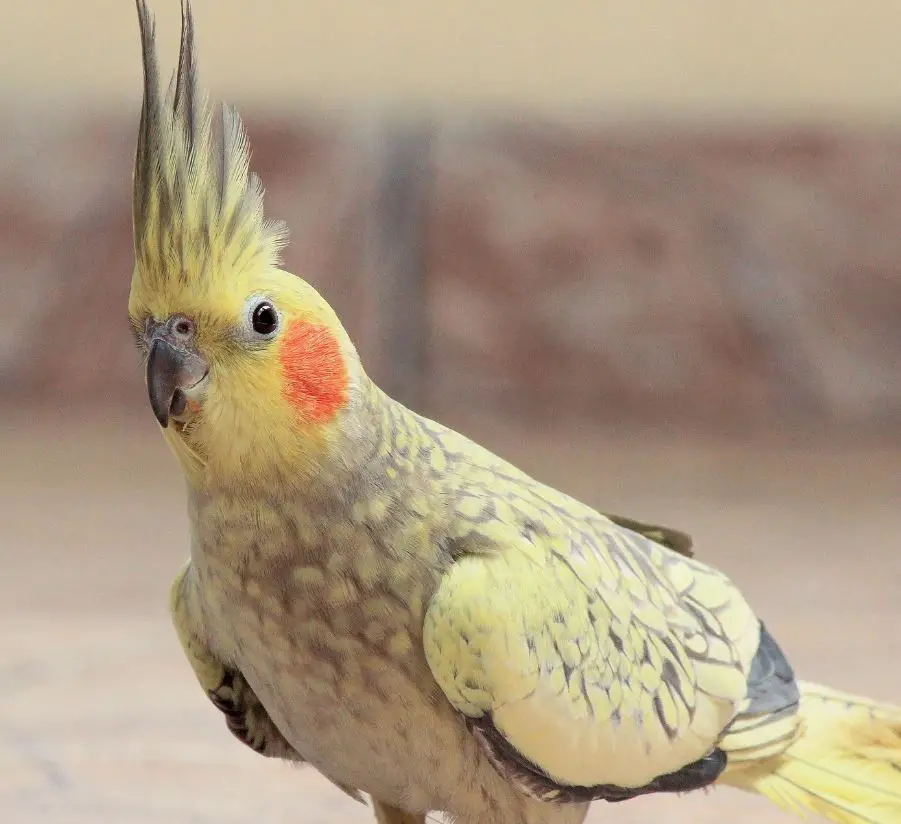
Mutation ashen fallow also knew as “silver”
For this mutation which is recessive, the bird has a light metallic gray color, hence its name “ashy”, a yellow mask (for males after juvenile molting), and orange cheeks. T
heir’s eyes are bright red, visible from birth because the young are born with yellow down and red eyes.
The sexing works like the wild type, so after the juvenile molt thanks to the males taking their yellow mask. This mutation also combines very well with all the others which does not change the sexing.
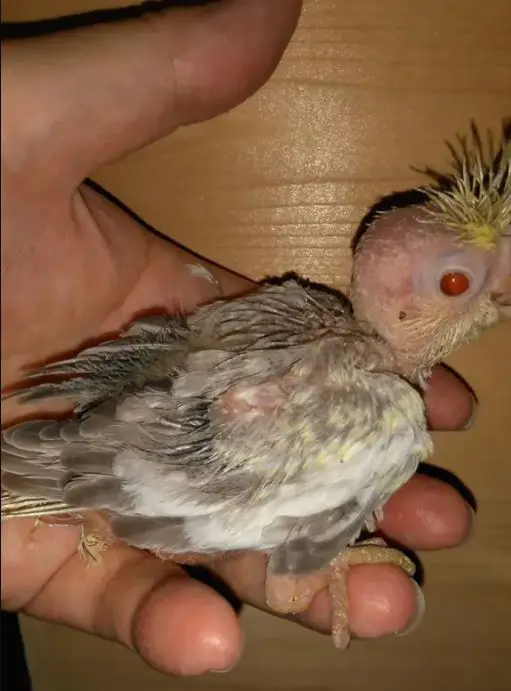
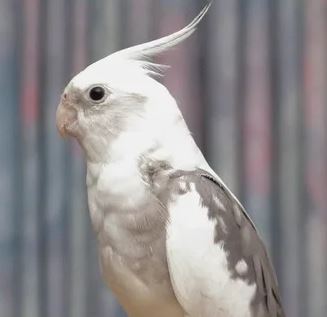
Fallow bronze mutation
It is a recessive mutation (both parents must have visual or carrier discomfort to leave the young). Subjects exhibit a beige/golden (bronze) color with red eyes and a pretty golden mask.
It is difficult to determine males and females of this mutation without a trained eye. However, males still have a more pronounced mask than females. The young are born with yellow down and red eyes.
This is one of my favorite mutations with the edged and the bronze fallow face white is just gorgeous!
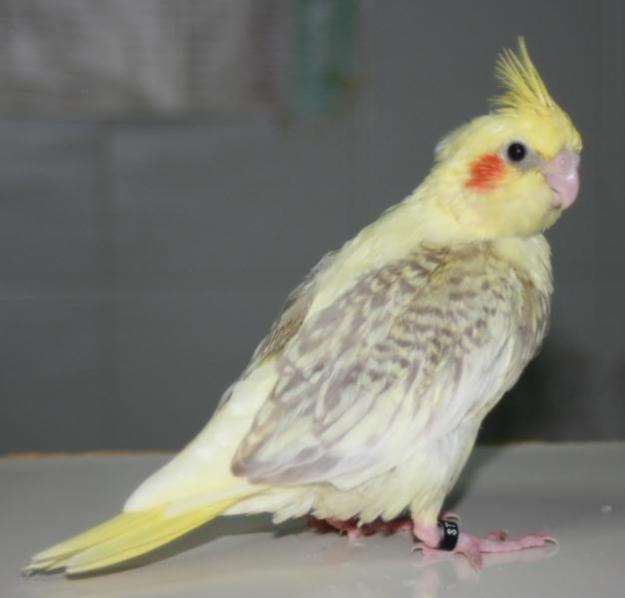
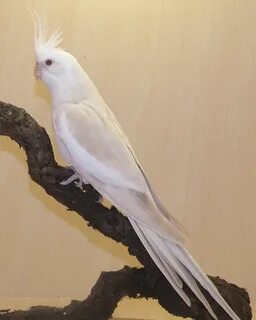
Mutation edged
I saved the best for last, with this mutation which is AUTOSOMAL CO-DOMINANT ^^. This means that we never have carriers and that there are SINGLE FACTORS and DOUBLE FACTORS which can be differentiated.
The difference between single and double factors is visible to the naked eye: the double factors are much clearer and “washed out” in appearance.
Description of the edged single factor:
The single factor edged has their heads down to the base of the neck which appears darker than the rest of the body. The wing cover appears chipped.
Melanin is mainly present at the edge of the feathers which is especially very visible at the level of the coverts. There are different intensities of expression of the mutation:
- dark (very difficult to identify because it is close to the wild type)
- Medium (presence of typical signs of the mutation but the presence of a fairly large amount of melanin) although this type is removed in competition.
- Clear: the body is almost white and the head remains black
A light type edged can come out of light type edged but also dark type young.
A dark type edged can come out of dark type edged but also light type young.
We tend to think today that the light types come out more easily from the light types and that the dark types come out more from the dark types hence the dark type x dark type and light type x light type couplings.
Description of the edged double factor:
The double factors produce even less melanin in the feathers, which is why for the untrained eye it is possible to confuse them with lutinos. In edged DF FB confusion is possible with an albino. Means of differentiation valid whatever the edged DF:
- the eyes are black
- the legs remain dark
- streaks under the tail feathers in females The best combinations are in gray series with mutations affecting the color of the cheeks: mutation white face, pale face, and yellow cheeks.
The combinations with opaline, the 2 fallow, the variegated, and the into are of little interest in terms of the beauty of the bird.
Differentiation between edged SF light type and edged DF dark type:
Whether in SF or DF, edged males are often lighter than females. The mutation does not affect the color of the head in a single factor, but it does not for double factors. Dark-type DFs are always lighter than the lighter-edged SF.
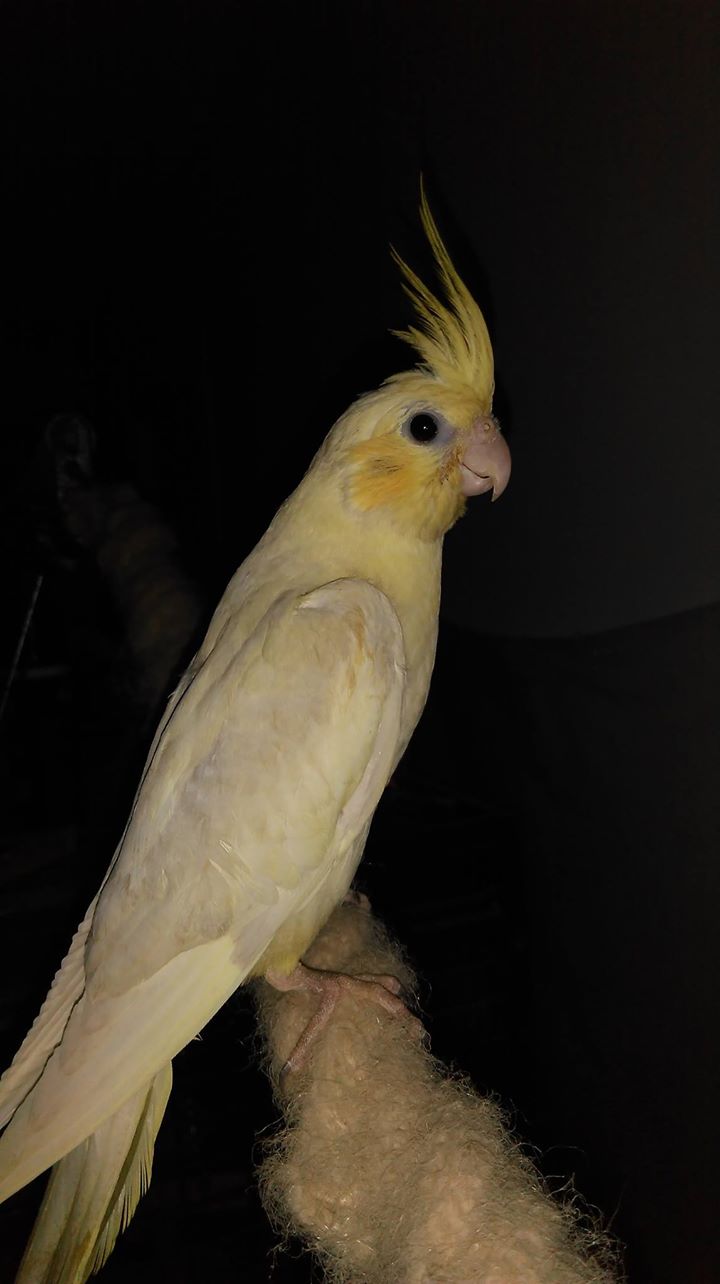
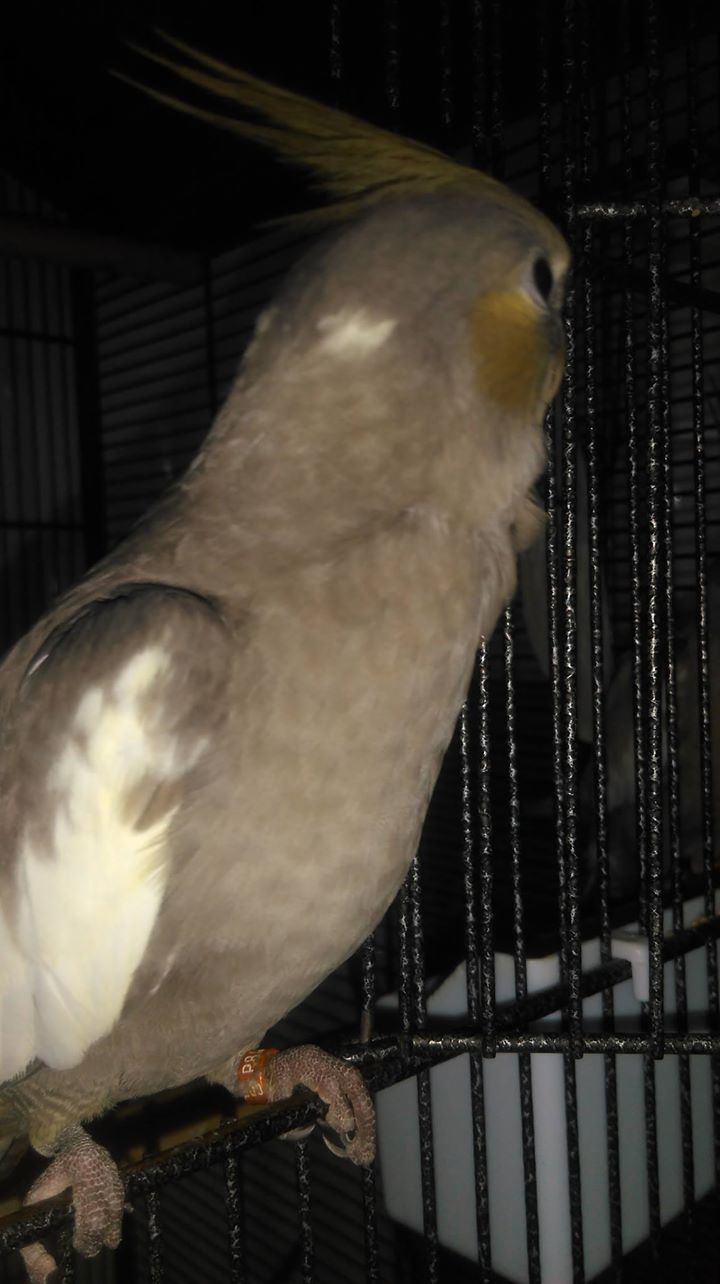
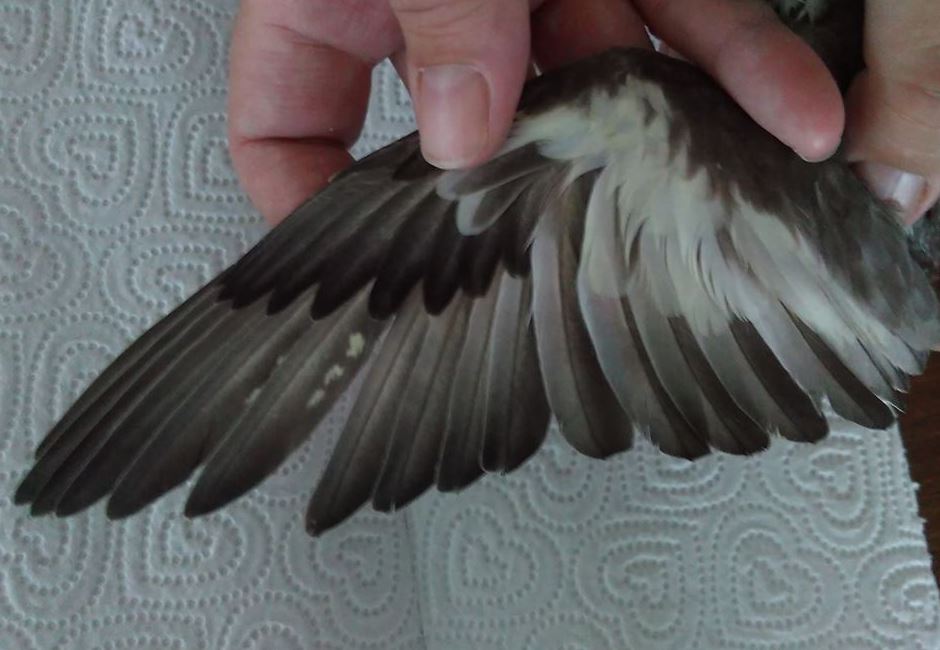
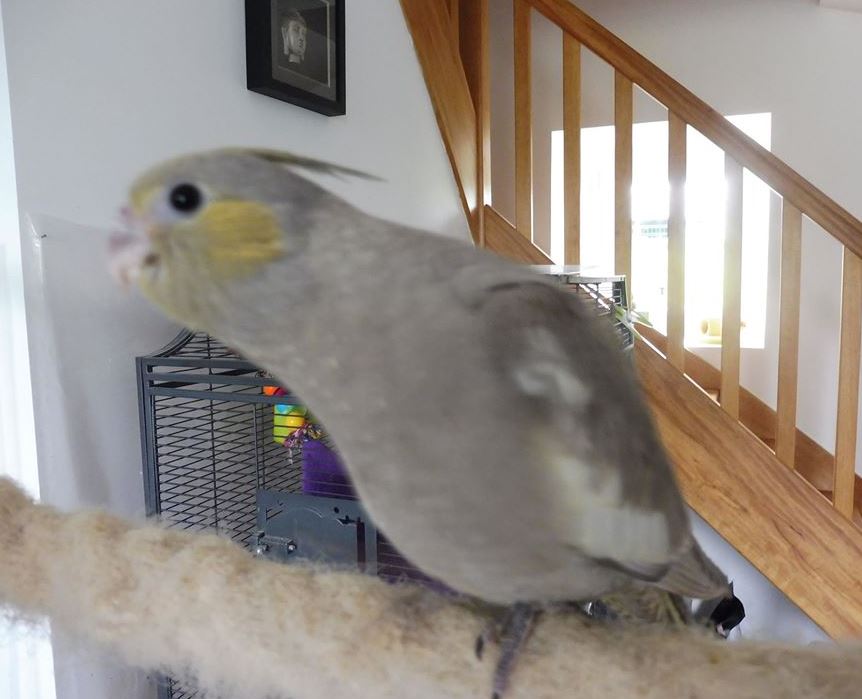
Conclusion
Although the subject of cockatiel mutations is long, I find it quite comprehensive. If you really take the time to read it, I think you will find quite a bit of information to progress in breeding this species.
Cockatiel mutations are a big topic that requires a lot of investment to absorb everything. So don’t panic, it’s just a matter of time to learn more about cockatiel mutations.
We can say that cockatiels’ mutations reflect the success of the species only among breeders and individuals.
35 Types Of Cockatiels
SOURCE: Deepan’s Birds & Vlogs

